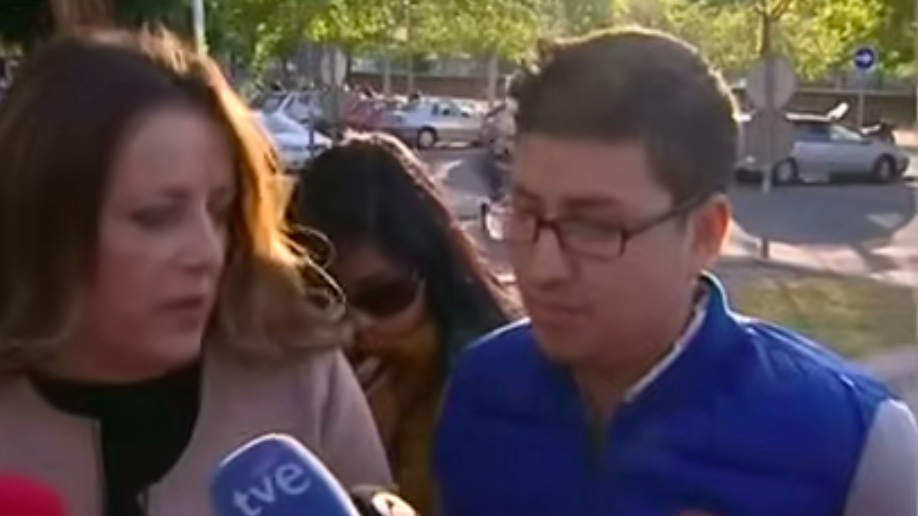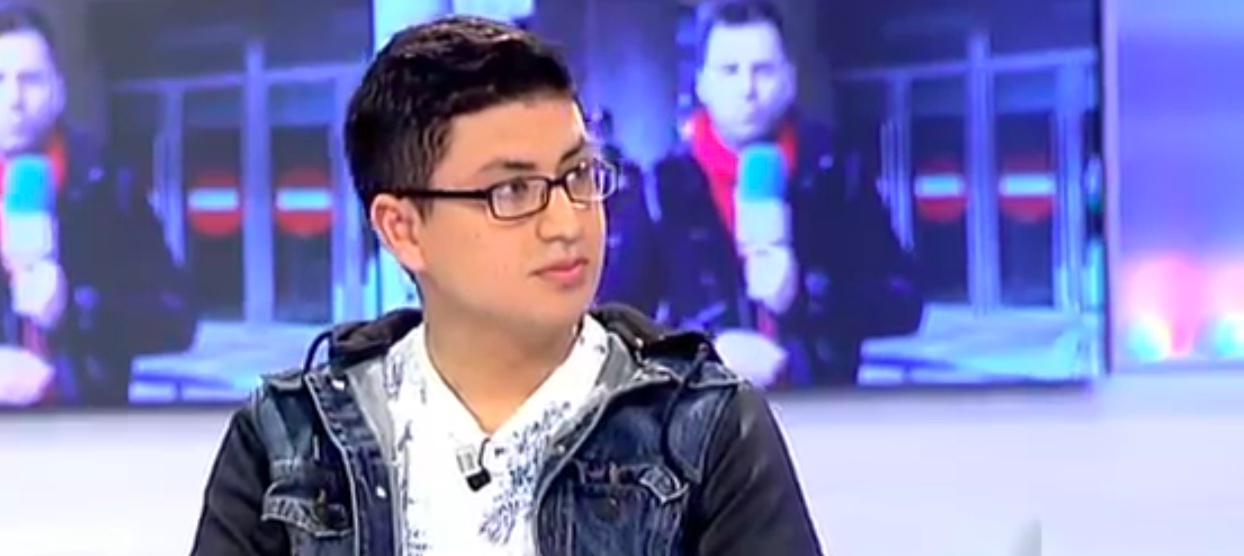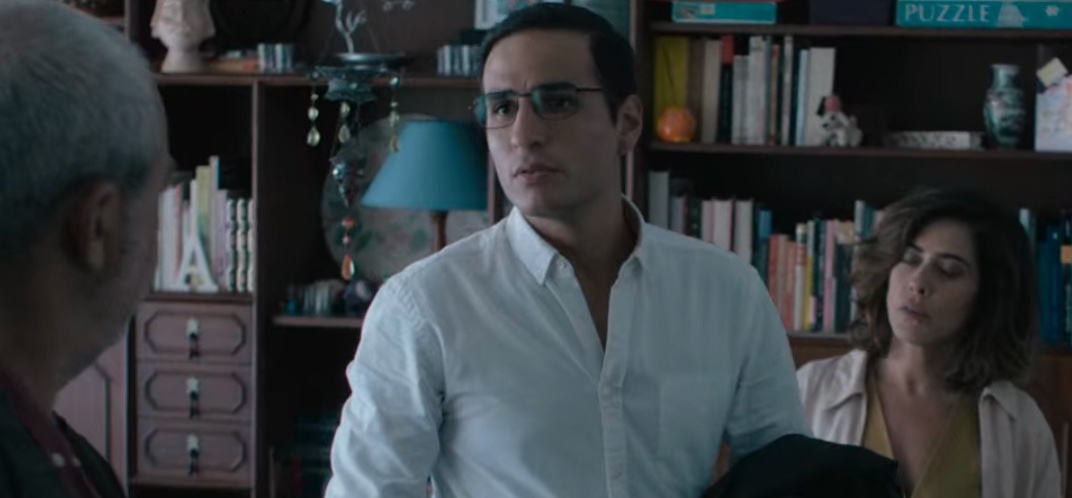In Netflix’s ‘The Asunta Case,’ several twists and turns in the murder case keep the cops on their toes. Just when they think they have made sense of one piece of evidence, something new comes up, and they have to look at the case from a new perspective. One of the things that almost derails the whole case is the discovery of a third person’s DNA on the victim’s clothes. By this time, her parents have been arrested for her murder, and the discovery of a new person’s involvement means that the cops might have to reconsider every other evidence and start anew. In the show, the man’s name is revealed to be Carlos Murillo, and his arc in the story is pretty much what happened in real life.
Carlos Murillo is Based on a Real Colombian Man
‘The Asunta Case’ is based on the real murder of Asunta Basterra, and much like in real life, the presence of an unknown person’s DNA on the clothes she was wearing the night she was killed raised alarms. It belonged to a man named Ramiro Cerón Jaramillo, whom the cops tracked down to Madrid, which is also where the samples were sent to be analyzed.
Nothing much is known about Jaramillo outside of the Asunta case. He is a Colombian citizen and was in his early 20s when he got entangled in the case. He had lived in Madrid for a few years around that time and had already been involved in another case regarding the claims of sexual assault. Prior to that, he was also arrested in 2011 following a street brawl.

Called “the Semen Man” (because of the presence of his semen on Asunta’s T-shirt and his name not divulged to the media at the time), Jaramillo testified that he was in Madrid on the day Asunta was murdered. He vehemently denied ever having met the girl or her parents or anyone connected to her. Moreover, he hadn’t been to Galicia by that point in time. He said all he knew about Asunta and her case was from the news and the media.
His testimony was taken through a videoconference from Madrid, in which he revealed that on September 21, 2013, he was with his girlfriend. He said he went to El Corte Inglés in Madrid to pick up his wedding suit and later had dinner with his girlfriend, his sister, and some other friends at a restaurant. His statement was corroborated by his family members. To further prove his claims, his lawyer presented several proofs to back his story. The most important one was the Facebook pictures posted by his girlfriend and other friends on the same day in the place Jaramillo had mentioned, confirming his alibi.
The location of Jaramillo’s phone also placed him in Madrid, along with the receipts of withdrawing money or the bills that he paid that day. At one point, his story about picking the wedding suit was questioned because the attendant at the shop didn’t remember giving him the suit. However, Jaramillo had paid there with the card, so there was a paper trail left behind, proving he was right. A question was also raised about his phone’s location. It was noted that while he and his girlfriend had been together the whole day, she had called him twice in the evening. This was explained by the fact that Jaramillo’s phone had been having some network issues and he asked to give her a call to find out if his phone had any signal.
With Jaramillo’s alibi checking out, the question about the semen’s presence on Asunta’s T-shirt was raised. Two scientists from the University of A Coruña, at the request of the Clara Campoamor Association, examined the scenario and came to the conclusion that it would have been because of contamination of the samples at the Madrid Civil Guard Lab, which is where the samples were sent for testing. Around the time that Asunta’s T-shirt was examined, the lab also had a condom with Jaramillo’s semen, which was to be analyzed for the sexual assault case he was caught up in at the time. It was believed that an accidental transfer may have taken place when the same scissors were used in the investigation of both samples.

The Madrid Civil Guard Lab defended itself by claiming that while Asunta and Jaramillo’s samples had been in the lab at the same time, they never came close enough to have mixed up the DNA. They also discarded the scissors theory, saying that while the same instrument was used in cutting both samples, it was thoroughly sterilized with bleach and alcohol, as is the procedure with every test. They also pointed out that the semen was found in only two of the 26 samples that were taken from the T-shirt. Moreover, the same scissors had also been used in the analysis of other evidence, but none of them were found to have been contaminated.
Whatever the Madrid Lab claimed, Jaramillo was intent on someone taking responsibility for the mess that almost ruined his life. He revealed that ever since the DNA thing was brought up, he had been living in fear that he would be arrested and sent to prison any day. He found comfort in his loved ones and his religion to weather the storm. While he said he doesn’t hold a grudge against anyone for the mess up, he did go through the three worst months of his life because of it.
Once the court had cleared him, Jaramillo appeared on a couple of news programs to talk about his side of the story and clear everything for the public, lest he be put through public trial for something he had no involvement in. He revealed that due to the threat of prison hanging on his head, he had experienced some mental health issues and had sought psychological treatment. Eventually, he was cleared of the whole thing and didn’t have to worry about going to prison anymore, but he said that for the brief time that he had gone through that fear, his life was completely changed, and it would never go back to being the same. Since then, he has kept to himself and stayed out of the media limelight, enjoying the privacy and security he was robbed of for those few months.
Read More: Rosario Porto: How Did Asunta Basterra’s Mother Die?


You must be logged in to post a comment.